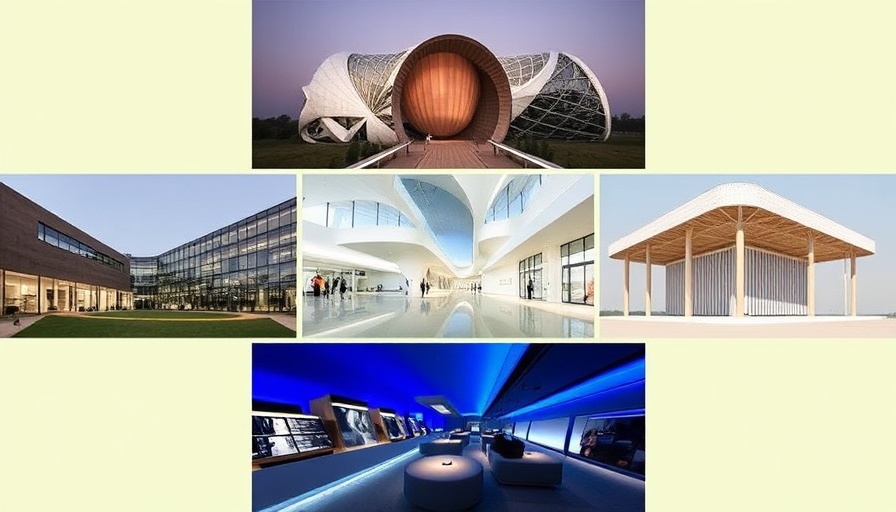
Explore the Future of Design at Major US Events
As digital nomads increasingly embrace remote work, the demand for inspiring and functional workspaces is growing. Attending architecture and design events can spark fresh ideas and enhance your understanding of how our environment influences productivity. Here are five must-visit architecture and design events across the US that promise to reshape your approach to workspace design.
1. AIA Conference on Architecture
The AIA Conference on Architecture, taking place in Chicago, is the perfect event for aspiring and seasoned designers. This year's theme highlights the importance of sustainability in workspace design. Attendees will gain insights from leading architects on creating efficient workspaces that prioritize comfort and wellness.
2. NeoCon in Chicago
Every June, NeoCon transforms the Merchandise Mart in Chicago into a hub for the latest trends in commercial design. For remote workers, this event presents opportunities to explore innovations in ergonomics and flexible workspace solutions that cater to diverse needs. Expect hands-on experiences and discussions surrounding the future of workspace functionality.
3. Design Philadelphia
This citywide event connects designers with the public. Design Philadelphia features exhibitions, talks, and workshops that focus on human-centered design. You can find inspiration in how local designers approach the integration of comfort and efficiency in their concepts. This is particularly valuable for digital nomads looking to understand what makes a workspace effective.
4. WestEdge Design Fair
Held in Los Angeles, the WestEdge Design Fair showcases modern design trends across interiors and furnishings. Digital nomads can explore customizable furniture and innovative storage solutions ideal for small workspaces. Connecting with vendors can help you create a more personalized home office environment.
5. Salt Lake Design Week
Offering an engaging lineup of talks and events, Salt Lake Design Week emphasizes local and national designers' works. Attendees can gain insights into how geography influences design and discover practical tips for creating workspaces that enhance productivity and well-being. This event resonates with the spirit of collaboration, essential for remote working trends.
Building Your Ideal Workspace
Attending these events allows you to gather valuable insights and tools to enhance your workspace. Pay attention to ergonomic designs that boost comfort while maximizing productivity. Each design choice should inspire better work habits, proving that a well-designed workspace can lead to better outcomes.
Why These Events Matter for Digital Nomads
Modern remote work demands versatility and adaptability. Workshops and discussions at these events will equip attendees with practical knowledge about designing spaces that reflect personal style and enhance efficiency. From layout ideas to furniture selections, these architectural events present a wealth of opportunities to improve your remote working setup.
As you delve into the world of architecture and design, remember that even small adjustments in your workspace can lead to significant changes in productivity and comfort. So why not take the opportunity to attend one of these inspiring events? You’ll come away not just with ideas but with a renewed enthusiasm for your workspace.
Explore your options, learn from talented designers, and create an environment that fosters productivity. Get ready to enhance your workspace journey!
 Add Row
Add Row  Add
Add 




Write A Comment